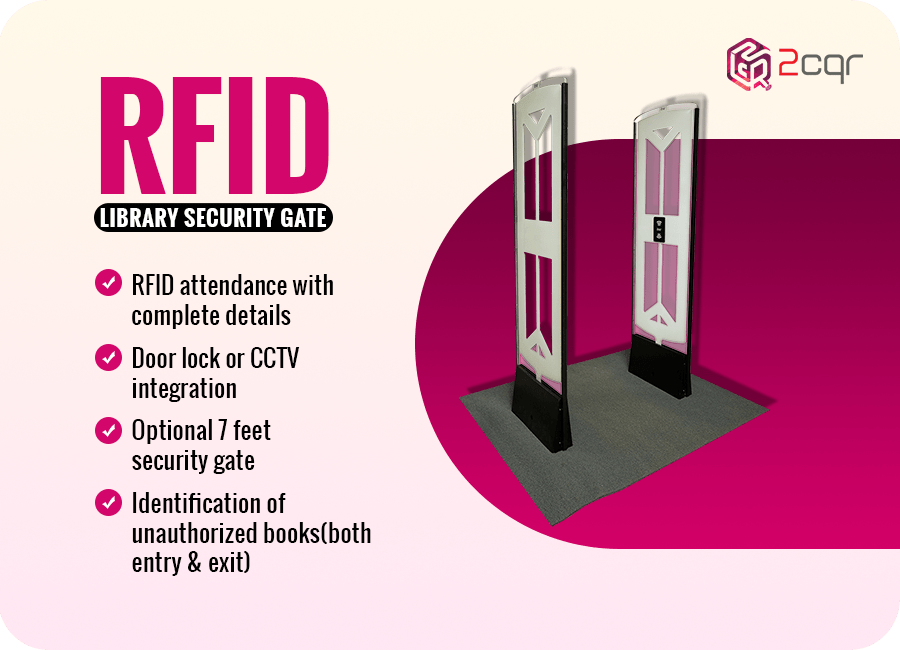
RFID technology is revolutionising library operations, offering enhanced efficiency, improved security, and a reduction in staff workload. However, implementing RFID in library can be a significant challenge, particularly when it comes to managing the transition from traditional systems.
In this article, we’ll explore various strategic ways to make this change more manageable for your library staff.
1. Introduce the Benefits of RFID Technology
Before diving into the nitty-gritty of RFID implementation, it’s crucial to communicate the significant advantages it brings. People are often resistant to change until they understand how it will make their lives easier.
This holds true for libraries too. Highlight the pain points that RFID will address, such as streamlining check-in/check-out processes and reducing inventory management time. Show your staff how this advanced technology will benefit them and the library as a whole.
2. Listen to the Staff Challenges
Instead of imposing change, take the time to listen to your staff’s concerns and challenges. Understand their fears, whether it’s the fear of job loss, difficulty in adapting to new technology, or an increased workload.
Make them realise that RFID isn’t a threat but a solution to enhance the library’s efficiency. Emphasise that it won’t replace human resources but rather create opportunities for professional growth by improving library services, subscriptions, and resource management.
3. Involve Staff in Decision Making
Share success stories from other libraries that have thrived after adopting RFID technology for library management. These case studies can help build trust and confidence among your staff.
Encourage them to share their inputs and feedback. Make it clear that their opinions are valuable in the implementation process. This involvement will alleviate their fears and instill a sense of ownership in the new technology.
4. Conduct Tailored Staff Training
Training is key to a successful transition. Instead of solely focusing on technical aspects, design a training program that addresses staff concerns comprehensively. Cover areas that go beyond technology, including effective communication and handling patron issues.
Provide guidance and support throughout the training to boost staff confidence. Incorporate practical lessons to make learning engaging and gradually shift their mindset towards technology adoption.
In conclusion, implementing RFID technology in libraries can bring tremendous benefits, but the transition doesn’t have to be daunting. By effectively communicating the advantages, understanding and addressing staff concerns, involving them in decision-making, and providing tailored training, libraries can make this change more manageable for their valuable staff. Embrace the future of library management with RFID, one step at a time.


